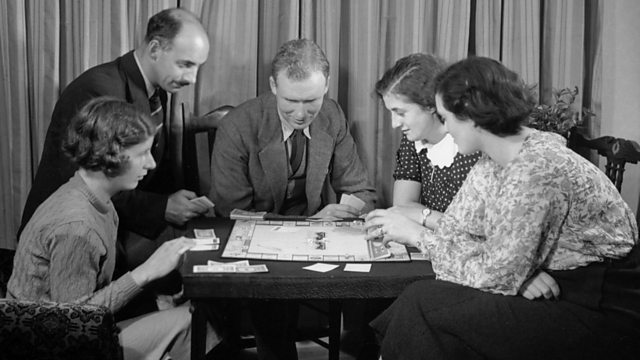

The monopoly granted by the royal charter at least protected the London merchants against domestic competition while also guaranteeing a kickback for the Crown, which was in desperate need of funds. The mortality rate for an employee of the East India Company was a shocking 30 percent, says Erikson. But sea voyages to the East Indies were tremendously risky ventures that included armed clashes with rival traders and deadly diseases like scurvy. The new English East India Company was a monopoly in the sense that no other British subjects could legally trade in that territory, but it faced stiff competition from the Spanish and Portuguese, who already had trading outposts in India, and also the Dutch East Indies Company, founded in 1602.Įngland, like the rest of Western Europe, had an appetite for exotic Eastern goods like spices, textiles and jewelry. On the very last day of 1600, Queen Elizabeth I granted a charter to a group of London merchants for exclusive overseas trading rights with the East Indies, a massive swath of the globe extending from Africa’s Cape of Good Hope eastward to Cape Horn in South America. Officers of the British East India Company gathered in Founder's Hall. East India Company Founded Under Queen Elizabeth I And the wild success of the world’s first multinational corporation helped shape the modern global economy, for better or worse.

Without the East India Company, there would be no imperial British Raj in India in the 19th and 20th centuries. That kind of manpower was more than enough to scare off the remaining competition, conquer territory and coerce Indian rulers into one-sided contracts that granted the Company lucrative taxation powers. At one point, this mega corporation commanded a private army of 260,000 soldiers, twice the size of the standing British army. It was essentially the de facto emperor of large portions of India, which was one of the most productive economies in the world at that point.”īut just when the East India Company’s grip on trade weakened in the late 18th century, it found a new calling as an empire-builder. “It was also larger than several nations.
Who created monopoly history of us free#
“At its peak, the English East India Company was by far the largest corporation of its kind,” says Emily Erikson, a sociology professor at Yale University and author of Between Monopoly and Free Trade: The English East India Company. Its business flooded England with affordable tea, cotton textiles and spices, and richly rewarded its London investors with returns as high as 30 percent. The English East India Company was incorporated by royal charter on December 31, 1600 and went on to act as a part-trade organization, part-nation-state and reap vast profits from overseas trade with India, China, Persia and Indonesia for more than two centuries. One of the biggest, most dominant corporations in history operated long before the emergence of tech giants like Apple or Google or Amazon.


 0 kommentar(er)
0 kommentar(er)
